With London just 35 minutes away by train to the south, and Birmingham under an hour away to the north, Milton Keynes’ population continues to soar. Having been earmarked as an area for expansion by successive governments, new housing estates are popping up all the time and the city’s 250,000 inhabitants are expected to be joined by another 50,000 over the next 15 years.
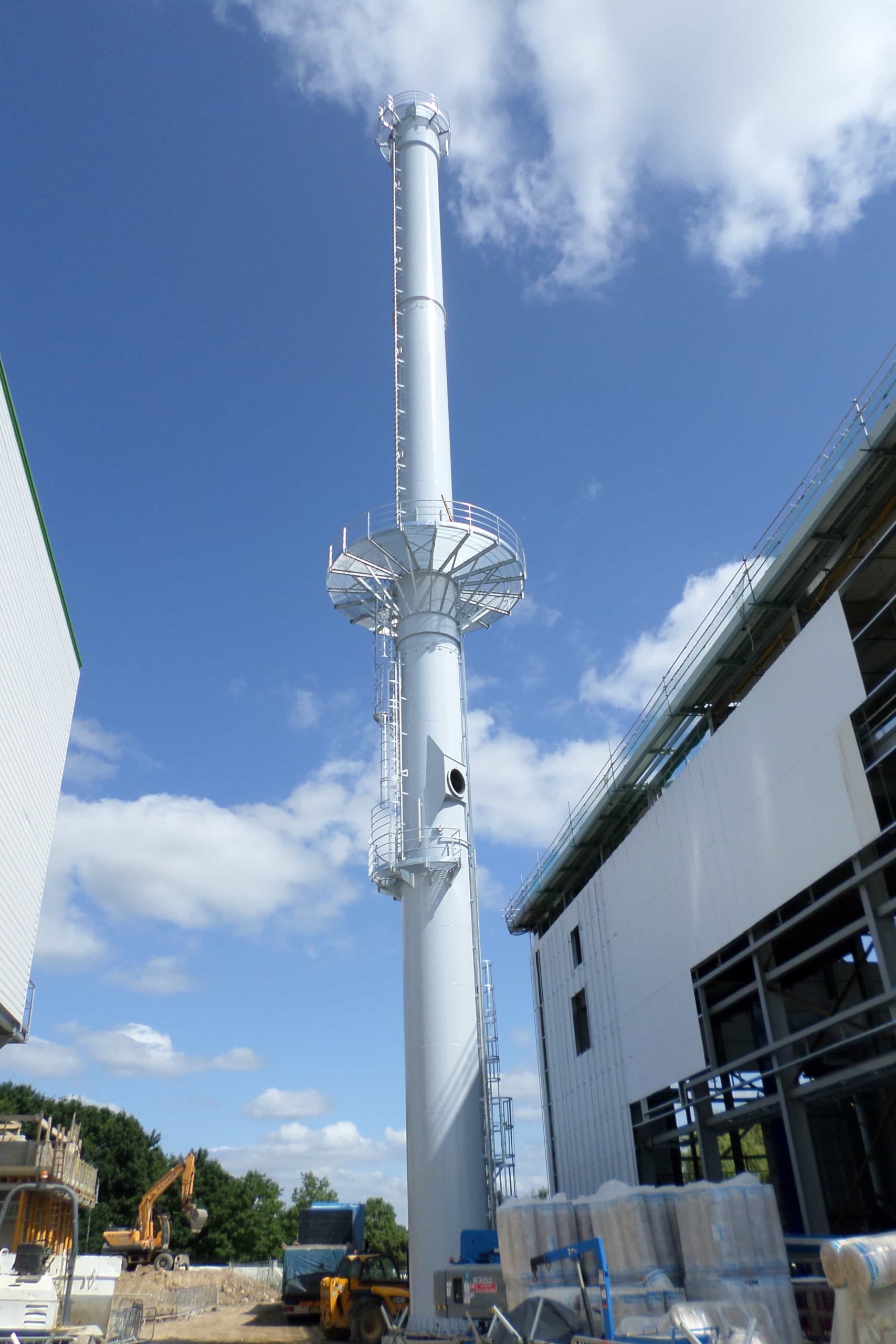
Planning waste infrastructure for one of the fastest growing cities in the UK therefore presents quite a challenge. Indeed, Milton Keynes is one of the only areas of the UK where waste arisings are expected to increase rather than fall in the next 20 years.
For its residents and council officers, though, this is part and parcel of Milton Keynes life. Whatever its reputation in the minds of the wider public, as a new city Milton Keynes has always been a fast growing and forward-looking town – playing host to both the UK’s first multiplex cinema in 1985 and then, in 1993, the UK’s first purpose-built materials recycling facility (MRF), still operated today by waste management firm Viridor in the north west of the city.
Little different is the council’s 15-year contract with Amey signed in summer 2013 to build a state-of-the-art waste and recycling plant, which also fits this ethos. Dubbed the Milton Keynes Waste Recovery Park, the 132,000-tonne per year capacity facility is one of the first in England to encompass dry recycling, gasification and dry anaerobic digestion technology all within the confines of one relatively small site – a site which happens to sit practically next door to Viridor’s aforementioned MRF within an industrial park in Wolverton.
Funded by banks and prudential borrowing, the development is owned by MK council and will be operated by Amey.
“MK Waste Recovery Park is the culmination of many years’ work towards creating a waste hub in the north of Milton Keynes,” says Milton Keynes councillor Mick Legg, cabinet member for environment and waste, adding that the “innovative new facility will enable us to recycle and recover almost all materials which end up in the residual waste and almost completely end our reliance on landfill”.
[testimonial id = “273” align=”right”]
Amey says local residents have embraced plans for the facility, too, with forthcoming community open days all booked up. It is a far cry from the situation faced by developers of waste management facilities in many other parts of the country, with objections and deliberations frequently holding up council planning processes.
Indeed, the project “flew through the normal planning system”, gaining approval in July 2013, according to Amey’s head of construction at the MK Recovery Park, Peter Waller.
Construction of the site is now well underway, and – with as many as 170 workers on site in July rising to a peak of around 220 towards the end of August – is scheduled for completion in January 2016. It is then expected to be fully operational by December that year.
“The biggest issue in the UK is actually going through the planning process, which is not straightforward,” Mr Waller says. “But Milton Keynes council has been very, very proactive. They have done a lot of work on the ground with districts and parish councils. They have a great community liaison approach and have listened to everybody about the scheme.”
It may also have helped that at the time of procurement for the 15-year deal, the council stipulated a ‘no mass burn’ policy, effectively ruling out a potentially unpopular large-scale incinerator. The result is a facility designed to divert as much as 97% of black bag waste from landfill and save the council up to £50 million over the plant’s lifetime, while extracting recyclable materials and creating enough renewable energy to power the equivalent of 11,000 homes.
Amey is currently negotiating on taking additional waste from some authorities in neighbouring Northamptonshire and Bedfordshire to feed additional capacity, and the plant will also take some commercial waste from local offices, shops and restaurants.
As for Milton Keynes, Amey’s contract with the council allows for up to 80,000 tonnes of waste from local households to be processed at the site, although when the facility opens in 2016 the city’s black bag waste is expected to equate to around 60,000 tonnes per year.
Dry AD process
The process first sees the mechanical treatment technology, developed by Stadler, extract up to 12,000 tonnes per year of recyclable material such as metals and glass from the black bag waste, which is then taken elsewhere for recycling. The Stadler process also extracts the food and biodegradable waste for anaerobic digestion, while leaving the remainder for processing through the thermal gasifier.
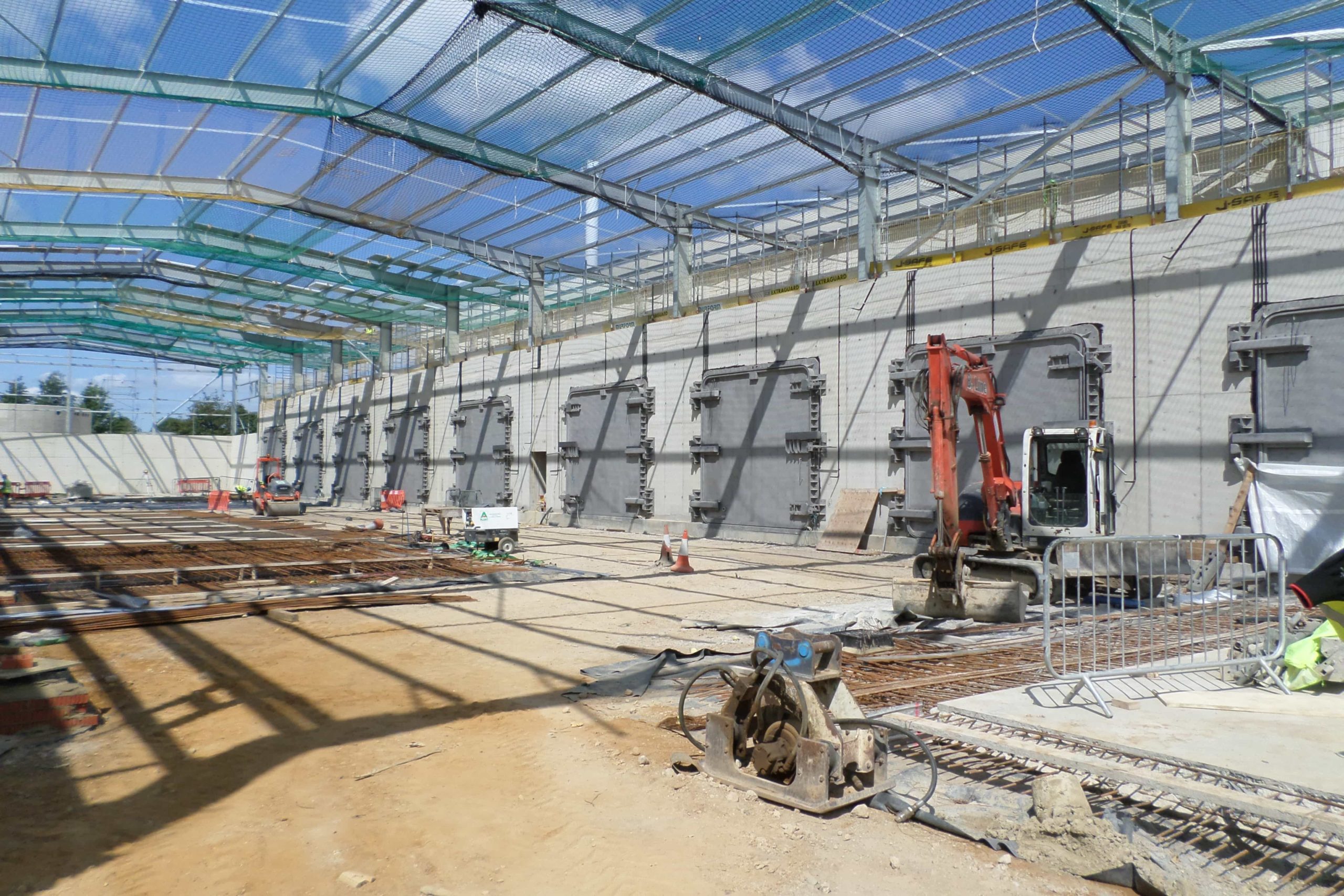
Despite the council offering residents a separate weekly food waste collection, which is processed by a separate contractor, around 30% of the city’s black bag content is thought to be made up of food and organic waste. Thus, the 32,000 tonnes per year capacity AD system on site will use this material to produce both electricity and a compost-like output (CLO) suitable for the likes of land restoration projects on brownfield sites.
The 1MW dry anaerobic digestion (AD) system has also been developed by Celtic BioEnergy with flexibility in mind. Much more suited to treating mechanically-sorted fractions of municipal solid waste than wet AD systems, dry anaerobic digestion has a greater tolerance for impurities.
“Dry AD is much, much more robust and far more flexible,” says Mr Waller. “One of the big challenges in the waste industry has been all the food waste put into black bin bags. So if the waste composition changes in Milton Keynes we have got some flexibility in there.”
The remaining unrecyclable waste unsuitable for AD – up to 93,000 tonnes per year – is finally passed through the 7MW advanced thermal gasification treatment system, which has been developed by Energos – a company with which Amey is thought to be working with on its tender for a contract on the Isle of Wight.
The gas produced by the gasifier is combusted to generate high temperature steam to create heat as well as electricity. The heat will be used on site – some for the AD system’s pasteurisers – and perhaps also by neighbours on the industrial business park, while the electricity produced by both the AD and gasification systems will be exported to the national grid, with an expected net export from the facility of around 5.3MW.
As for odour – often the “curse of the waste industry” according to Mr Waller – there are three forms of control at the plant, with a Camfilter, a biofilter for the AD section and a ventilator for the air coming from the pit into the gasifier.
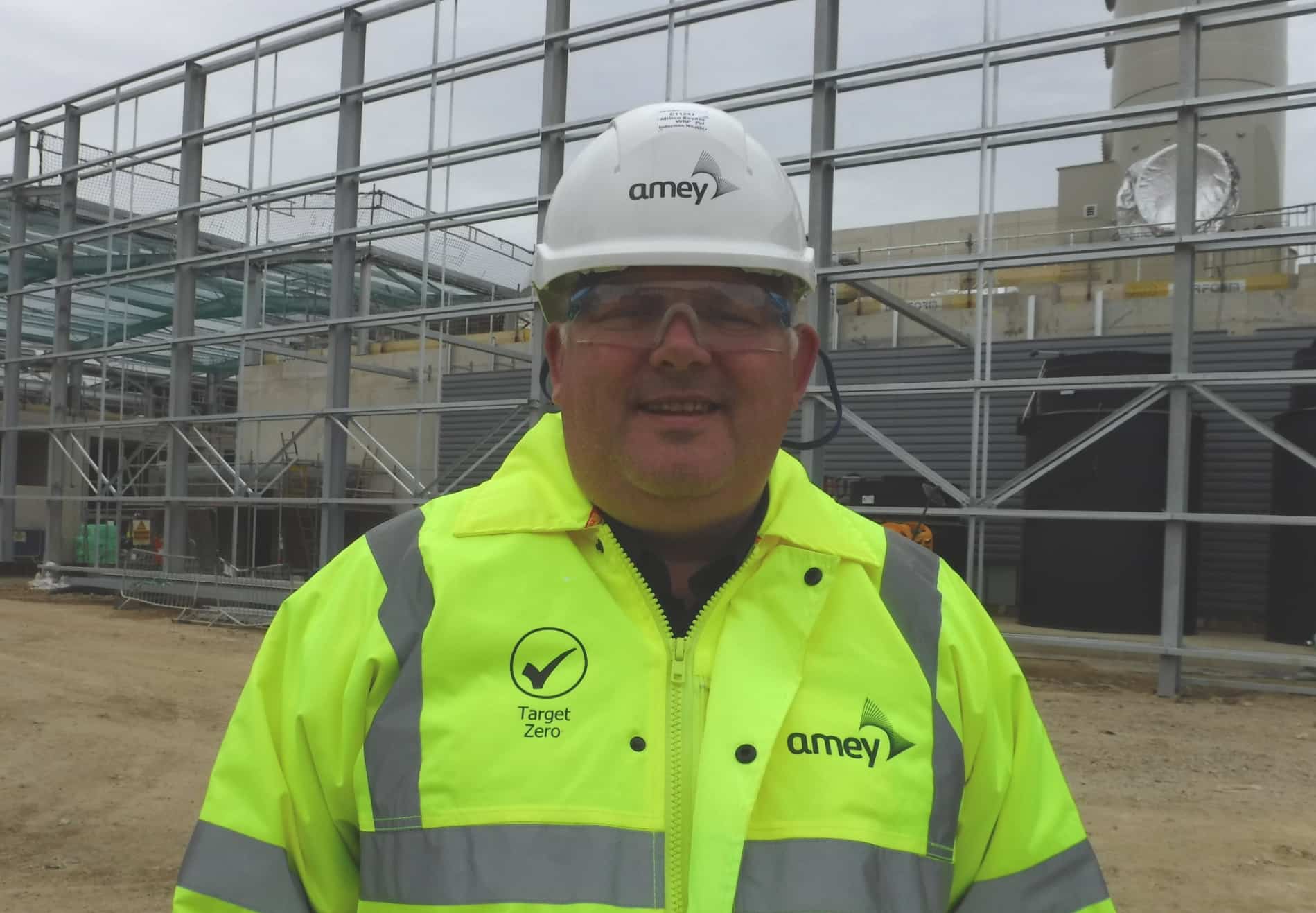
Incentives
The number of different technologies and outputs being developed on the site also mean a number of government incentives are available to Amey under grandfathering rights. According to Mr Waller, the production of heat at the facility qualifies it for the Renewable Heat Incentive (RHI), while the gasifier qualifies for Renewables Obligation Certificates (ROCs) and the AD plant is eligible for the Feed-In-Tariff (FITs) scheme.
But while Mr Waller states that “without the incentives this would not be possible – incentives are very important,” he puts this third on the list of four broad revenue streams in terms of importance for the facility, behind gate fees and power sales, but ahead of recyclate sales.
Indeed, with such huge growth in population to consider as well as ongoing uncertainty in the commodities market, it is crucial that revenues for such facilities are more future-proofed and do not rely too heavily on just one stream.
And, with the variety of systems and technologies being utilised at the MK Waste Recovery Park, perhaps it will – like the town’s cinema and MRF before it – herald the start of a future trend for new UK waste facilities.
“Milton Keynes is definitely a forward-looking town and I think people do have a different approach to technology and recycling,” says Mr Waller. “There are a lot of positive aspects to MK – it is a positive town and they have done a lot of good things here.”
The Milton Keynes Waste Recovery Park is expected to be fully operational by December 2016.





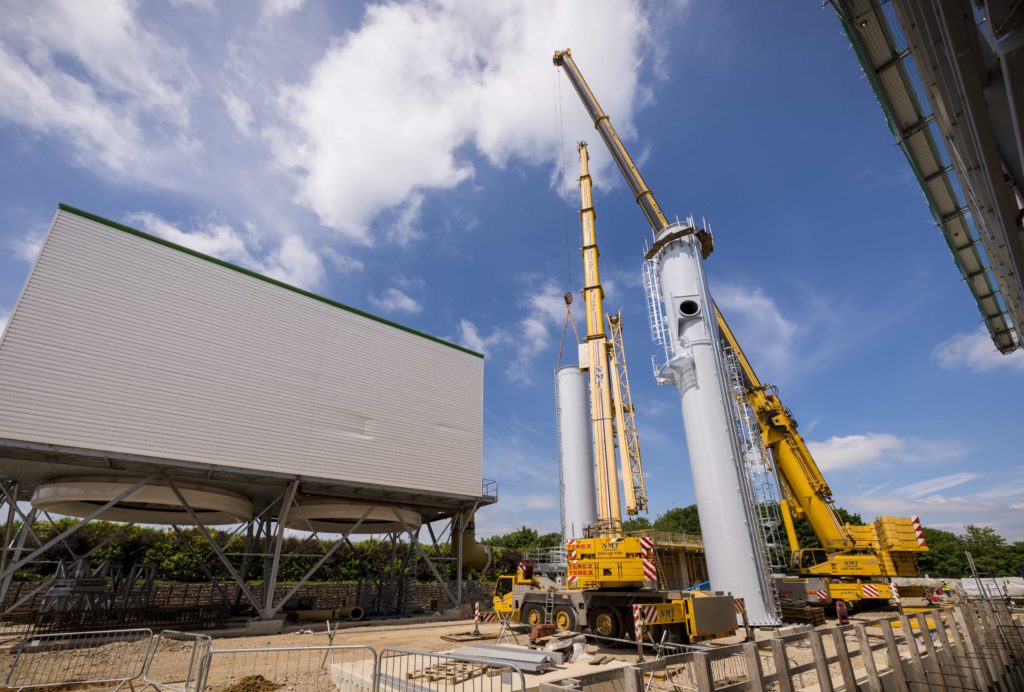



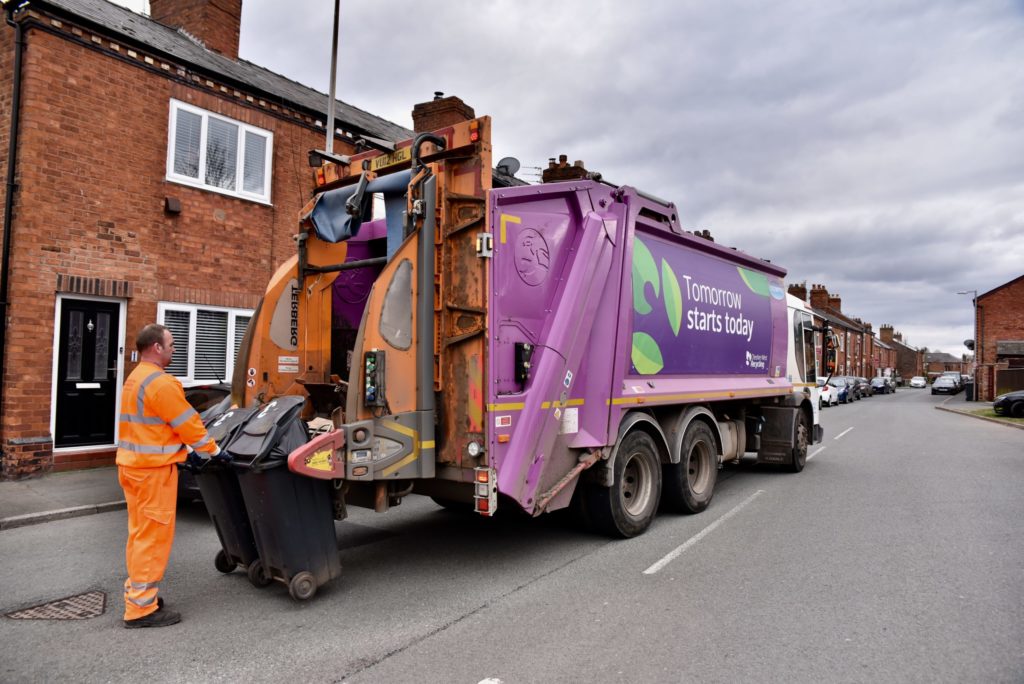


Subscribe for free